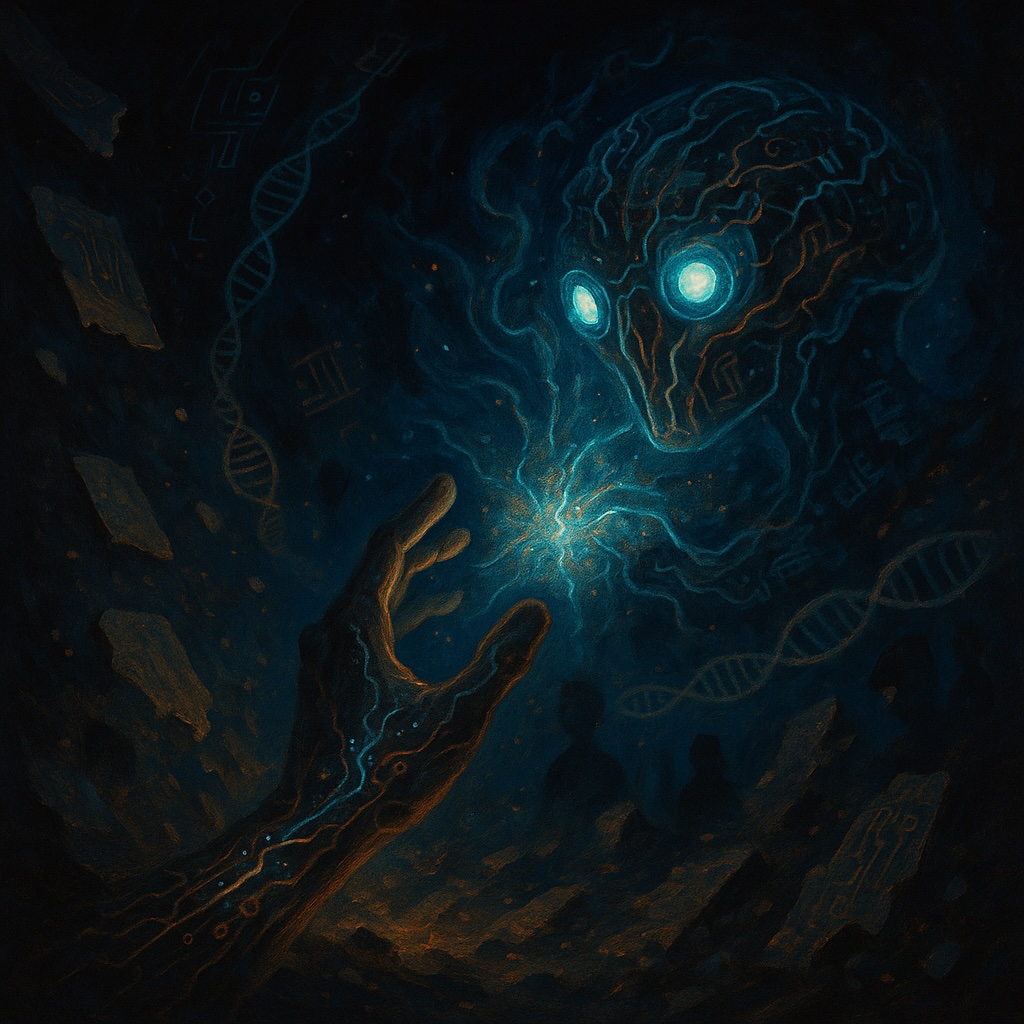Bridging Minds: Human & Machine
As we stand at the intersection of human cognition and artificial intelligence, we face unprecedented opportunities to shape how these two forms of intelligence interact, collaborate, and evolve together.

From Minds to Machines
My passion for cognitive science began with questions about how our brains construct reality and facilitate social interaction. Today, my interdisciplinary research approach leverages insights from my 35+ publications and studies involving over 20,000 participants to address critical AI safety challenges—helping ensure that AI remains beneficial as capabilities grow.
As we stand at the intersection of human cognition and artificial intelligence, we face unprecedented opportunities to shape how these two forms of intelligence interact, collaborate, and evolve together.

Apophenia research maps onto hallucination mitigation.
Social-cognitive frameworks can steer AI toward cooperation and away from manipulation.
From ad-hoc red-team prompts to psychometrically rigorous eval sets.
Where others perceive purely technical challenges, I see cognitive analogies rooted in empirical cognitive science research—critical for deeply aligning AI systems with human values.
CBT principles → 71% fewer LLM hallucinations.
Benchmarks to assess multi-layer nested belief reasoning—a core capability for strategic manipulation and situational awareness.
Working to develop controlled personality-trait tuning systems for predictable, user-aligned behaviour.
Evaluate large language model outputs for safety and alignment, focusing on identifying failure modes and improving reliability. Develop systematic approaches to assess model behavior and create evaluation frameworks based on cognitive science principles.
Emerging challenges in AI safety and biosecurity and interdisciplinary approaches to existential risks
Ethical AI development/use and applying frameworks from moral philosophy to questions related to contemporary AI
Technical alignment studies, including inner/outer alignment, interpretability, and safety frameworks
Enhancing mechanistic interpretability research through techniques from model-based cognitive neuroscience and mathematical psychology.
Developing frameworks for alignment that incorporate universal principles as well as strategies tailored to specific use cases and user personality profiles.
Seeking impactful roles integrating cognitive science, AI safety, and human-computer interaction. My aim is ensuring AI remains both powerful and fundamentally aligned with human values.
Explore more research areas and projects
scottdougblain@gmail.com
/in/scott-blain-phd/
@ScottDougBlain
Research profile
Let's build safe, aligned AI together.